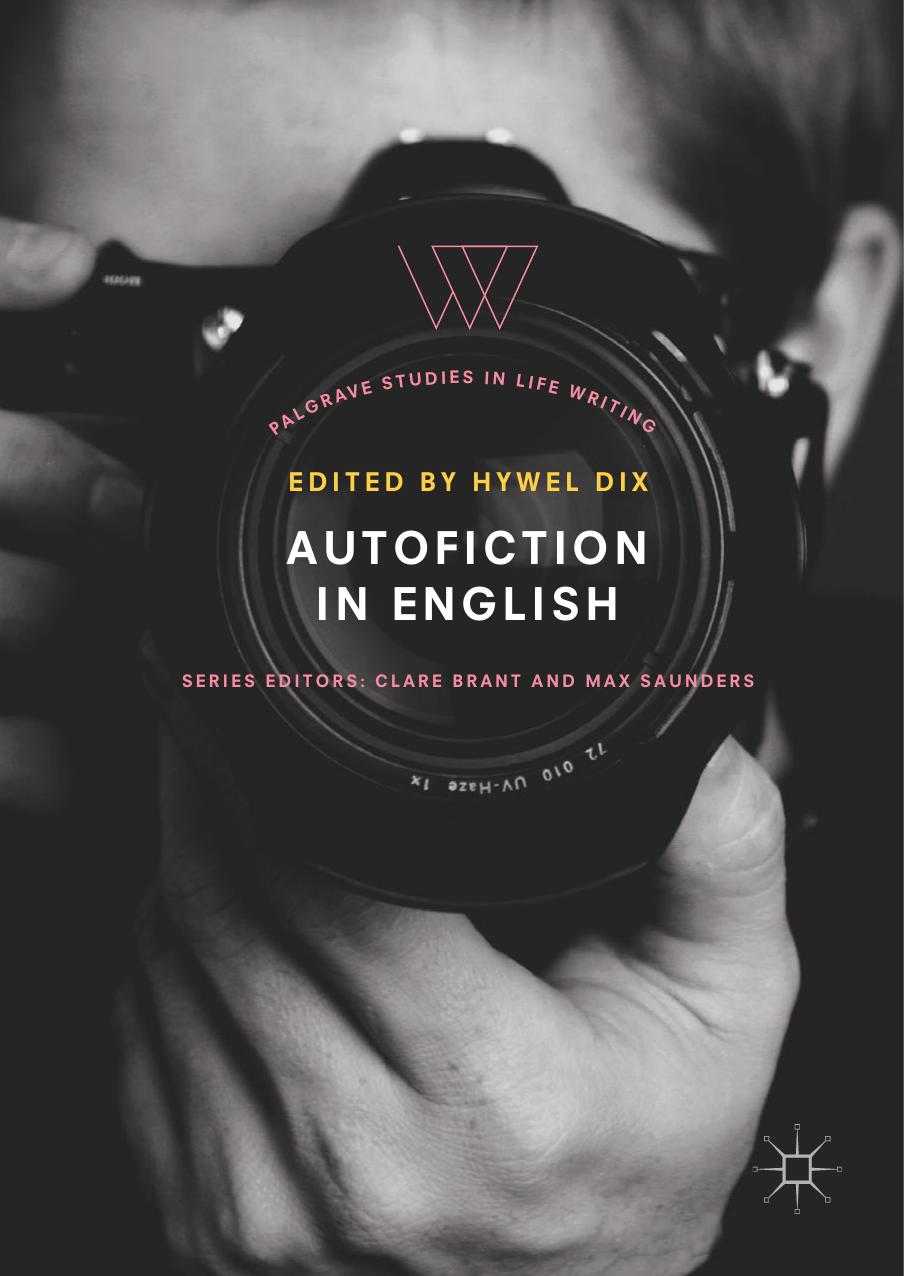Autofiction in English by Hywel Dix

Author:Hywel Dix
Language: eng
Format: epub, pdf
Publisher: Springer International Publishing, Cham
Pathographies in Performance: Film, Theatre and Dance
Both autofictions and pathographies are conventionally thought of as prose narratives but some performances combine and expand these categories in imaginative ways. Although Rita Charon (2008) and Stella Bolaki (2016) have done much to focus attention on the spoken and written narratives presented by patients, medical practice is as much an art of seeing, hearing and smelling in order to understand patients and their symptoms. Kristin M. Langellier stresses the performativity of the doctorâpatient interaction and draws parallels with staged narrative performance: âPerforming narrative medicine emphasizes how telling, hearing, and writing stories are constitutive actsâvisceral, specific, situated, and singularâof patients and physiciansâ (152). While acknowledging that close reading and narrative competence are crucial skills for practitioners to possess, Langellier raises concerns that narrative medicine risks valuing textuality over the physicality of the encounter. Autofictional pathographies in film, theatre and dance suggest that performance displays a form of embodied knowledge that is distinct from the textual self produced through prose. Bill T. Jonesâs Still/Here (1994), Spalding Grayâs Grayâs Anatomy (1996) and Bob Fosseâs All That Jazz (1979) each disrupt the boundary between art and life, display illness and dramatize the act of artistic creation in ways that reflect on the nature of intimacy and engage multiple senses.
Bill T. Jonesâs Still/Here (1994), a two-act piece of choreography with a visual score composed of edited interviews with terminally ill people, generated a great deal of controversy and has become a major focus in the field of pathography studies ever since. Although there is nothing radical about the use of documentary footage in a performance piece, it received an excoriating review from The New Yorker dance critic Arlene Croce, who refused to see the piece on the basis that âby working dying people into his act, Jones is putting himself beyond the reach of criticismâ (n.p.). Croce claimed that Jones had crossed the line between theatre and reality and was intent on presenting victimhood and suffering as an aesthetic spectacle. The aspect to which she most took offence was the inclusion of what she assumed was real suffering (rather than survival), which she read as a forcing of sympathy, which in turn would suspend the possibility of purely aesthetic and unbiased critical interpretation. Still/Here and the critical mauling instigated by Croce invite viewers to question the relationship between life and art. Despite Croceâs claim that the performance displays the suffering of real people and her refusal to view what was assumed to be the unmediated personal experience of sickness, its scenes were artfully composed. Lisa Diedrich notes that the performance sought to mix up the boundaries of art and life as far as possible: âit also acknowledges that suffering represented in art is never unmediated and that attempts to communicate suffering from one person to the next often failâ (xi). All writing is a reproduction of experiential knowledge and consequently the distinction between art and life must rest with the power and influence of the critic. Marcia B.
Download
This site does not store any files on its server. We only index and link to content provided by other sites. Please contact the content providers to delete copyright contents if any and email us, we'll remove relevant links or contents immediately.
The Power of Myth by Joseph Campbell & Bill Moyers(675)
Four Shakespearean Period Pieces by Margreta de Grazia(641)
A Social History of the Media by Peter Burke & Peter Burke(637)
Inseparable by Emma Donoghue(604)
The Complete Correspondence 1928-1940 by Theodor W. Adorno & Walter Benjamin(505)
Bodies from the Library 3 by Tony Medawar(487)
The Spike by Mark Humphries;(462)
Culture by Terry Eagleton(461)
A Theory of Narrative Drawing by Simon Grennan(456)
World Philology by(450)
Farnsworth's Classical English Rhetoric by Ward Farnsworth(442)
Ideology by Eagleton Terry;(436)
A Reader’s Companion to J. D. Salinger’s The Catcher in the Rye by Peter Beidler(427)
Adam Smith by Jonathan Conlin(420)
Comic Genius: Portraits of Funny People by(409)
Monkey King by Wu Cheng'en(401)
High Albania by M. Edith Durham(395)
Game of Thrones and Philosophy by William Irwin(391)
Early Departures by Justin A. Reynolds(382)
